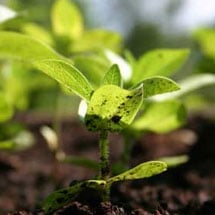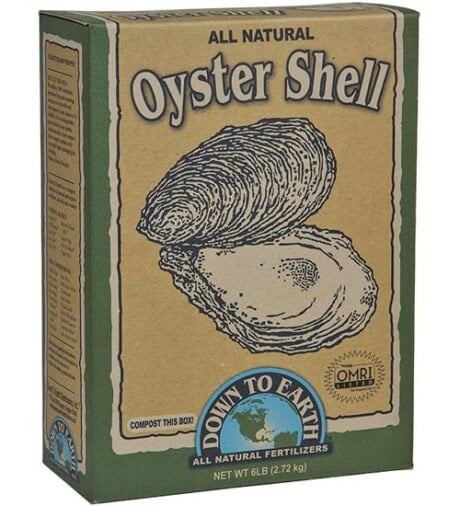Categories
- Organic Gardening–
- Natural Pest Control+
- Growing Indoors+
- Healthy Living+

pH Adjustment
Dark, good-looking soil is wonderful, but it’s no guarantee that essential nutrients are getting to your plants. If you’re planting in earth that’s too acidic or too alkaline, essential nutrition won’t make it into your veggies, which means you and your family might be missing out.
Soil pH adjustment may sound like a discussion for serious gardening geeks, but it’s actually the foundation for a bountiful harvest – for anyone. Read more
Dark, good-looking soil is wonderful, but it’s no guarantee that essential nutrients are getting to your plants. If you’re planting in earth that’s too acidic or too alkaline, essential nutrition won’t make it into your veggies, which means you and your family might be missing out.
Soil pH adjustment may sound like a discussion for serious gardening geeks, but it’s actually the foundation for a bountiful harvest – for anyone.
Your place on the pH scale
Naturally-occurring elements push soil toward either end of the scale. Forested areas with plenty of rainfall like the East Coast and the Pacific Northwest tend to have acidic readings (4.0- 6.0), while the low-moisture Mountain West trends alkaline (above 7.5). The Midwest is generally neutral, with readings between 6.0 to 7.5.
Most plants have adapted to a wide pH range, and some even prefer environments that lean one direction. Blueberries, azaleas and rhododendrons are acid-loving, and clematis, lilac and peony prefer to be on the alkaline side.
When your garden is in that neutral sweet spot, essential elements like nitrogen, phosphorus, potassium, iron and manganese dissolve easily, which lets the roots deliver them quickly and easily to your plants.
Testing – Simple and accurate
Getting your gardens tested can be quick and easy or involved, depending on your preferences. Home soil test kits are an instant-read device or paper strips that you dip in a solution of water and a bit of earth.
Makeovers and microclimates
If you’re dealing with less than ideal ground, welcome to the club! With some organic compost and specialized amendments, you can turn around a tough gardening situation… or create a perfect location for a plant with specialized needs.
We have several trusted, natural options for changing the pH of soil. Let us help you find the best products for your region and gardening dreams.
Read less











